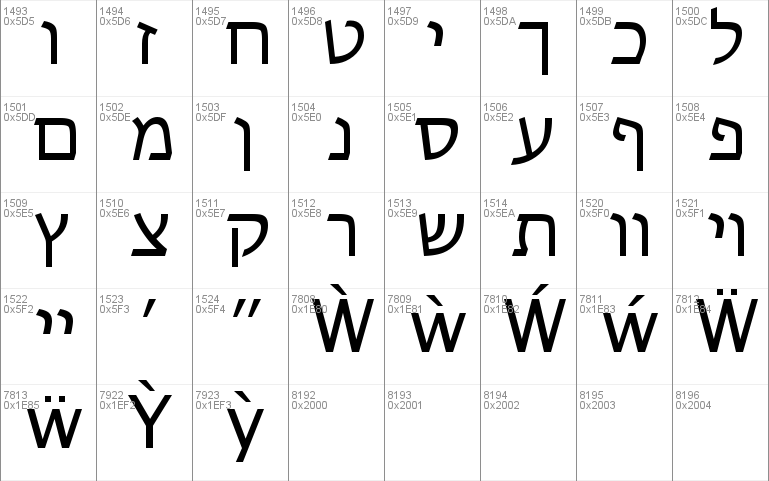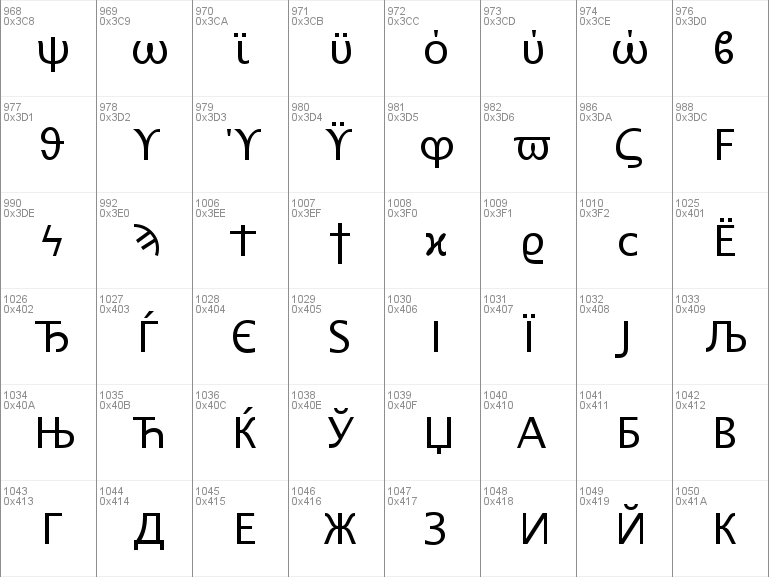


The following are examples of fonts within those types: If you choose to use system fonts, then the font that’s used to render text will depend on the user’s operating system, however there are three system font types. System fonts are listed with the available fonts, noted with a system badge, and will show under the System fonts category in the theme editor font picker.
Lucida sans unicode work online download#
This removes the need for browsers to download the font before rendering text and makes the theme more performant. System fonts are fonts that are already installed on a user’s computer. Personal access to the font files isn't currently available. To learn more about using Shopify’s font library, refer to Add Shopify fonts to your theme. If you need to use a broader range of characters, then you can use system fonts, Typekit, and other solutions. However, due to licensing restrictions, there are some fonts that Shopify can't include. This selection of fonts covers a broad range of use cases. The files for each font include the following Unicode ranges, if the ranges are available for the font:
Lucida sans unicode work online free#
These fonts are free to use on all Shopify online stores, and are provided in both WOFF and WOFF2 formats. Shopify's font library is a collection of fonts that includes system fonts, a selection of Google fonts, and licensed fonts from Monotype. To make the theme more performant, system fonts that are already installed on the customers computer can be used by merchants that choose fonts from the System fonts category of the Shopify font library. In general, fonts are a separate resource that need to be downloaded by the browser before any text is rendered, which impacts a store's overall performance. The last thing you want to do is distract the reader from the call to action with a message that is hard to read.You can add fonts to your theme in the following ways: And it comes up on blog posts from many of the most common email service providers.įor consistency, try to use the same font across each platform (email, landing page, etc.) or at least the same typeface, when designing a digital campaign. An old, but still surprisingly valid study of fonts seen online revealed that Verdana at 10 points is the easiest on the eyes. It’s tough to find a webfont that translates well AND is approved by your art director.

The colors, fonts, and sometimes even text justifications don’t provide any room for modifications – usually for good reason.

When tasked with creating company collateral, many marketing departments have mandated style guides to draw from.


 0 kommentar(er)
0 kommentar(er)
